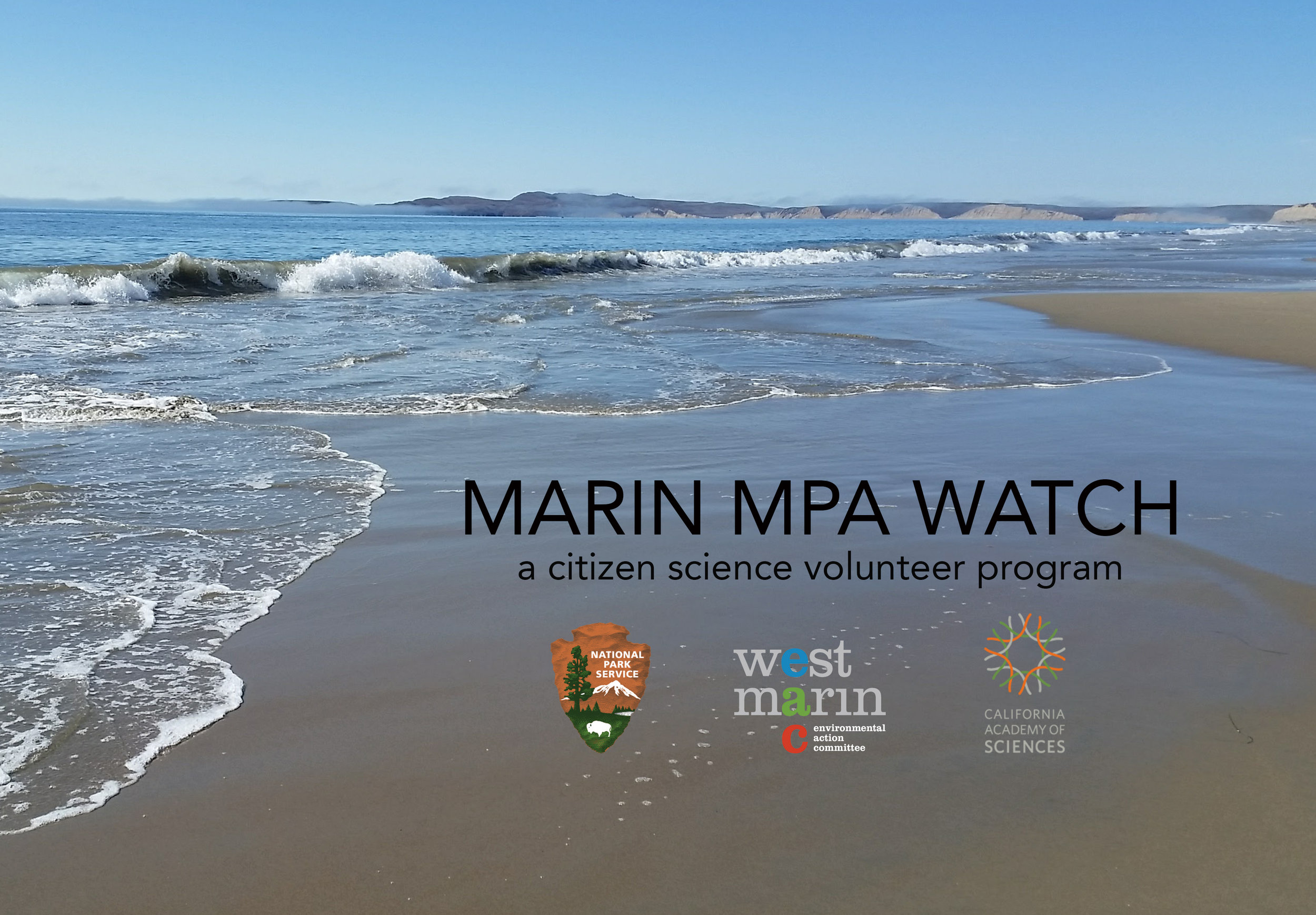In 1999, California passed the California Marine Life Protection Act (MLPA) requiring the state to create an interconnected ecological network of 124 Marine Protected Areas (MPAs) to protect and sustain the diverse marine life and coastal and ocean habitats through adaptive ecological management strategies. A key part of the adaptive management plan included the development of four-pillars that would guide the implementation of the MLPA to ensure the MPA network was meeting its goals.
At the end of the year, the California Department of Fish and Wildlife (CDFW) released the first ever review of the MPA network in their report, California Marine Protected Area Decadal Management Review. The report reviews the last 10-years of research and monitoring; outreach and education; policy and permitting; and enforcement and compliance activities. It also provides the public with information and recommendations for the future to address knowledge gaps and changing environmental and socioeconomic conditions.
MPAs are a living laboratories that provide important information the health of our coast and oceans. This is especially interesting since the network of MPAs are designed regionally. All MPAs allow recreational access and have different levels of take or consumptive activities allowed. For example, some do not allow any fishing and collecting, while others are open to fishing for specific species at certain times of the year. This variation makes for a complicated review of the network management goals.
The Review provides information on research and community science studies on species diversity, abundance, population, and ocean conditions across a variety of habitats (rocky intertidal , kelp forests, nearshore rocky reefs, estuaries and coastal marshes, sandy beaches, and nearshore ocean conditions) and human activities including recreation, consumption (taking and collecting), enforcement responses, and community partnerships.
For more than a decade, we have been contributing to community science and outreach and education efforts promoting the state network of MPAs. We are thrilled that MPA Watch data has been integrated into the Review and to find a photograph of our Summer 2022 Office Exhibit about Marine Protected Areas in the Review.
Timeline of MPA Decadal Management Review:
February 2023: The Review will be submitted to the California Fish and Game Commission for their February 8-9, 2023 meeting in Sacramento. No action is anticipated at this meeting.
March 2023: Public discussions on the Review findings and adaptive management recommendations will take place March 15, 2023 with MPA Day: Management Review Forum; see announcement below. A Marine Resources Committee meeting dedicated to discussing the contents of the Review will follow the forum on March 16, 2023. Both the forum and the Marine Resources Committee meeting will take place in Monterey.
The EAC team will be attending Fish and Game Commission meetings on March 14th and March 16th. We will host a table at MPA Day on March 15th highlighting our MPA Watch and Duxbury Docent programs that provide outreach, education, and community science data about MPAs located within Marin County.April 2023: The California Fish and Game Commission may discuss the Review findings and adaptive management recommendations at their April 19-20, 2023 meeting and subsequent meetings in 2023.
Learn More:






